
In the field of precision electronic manufacturing, the PCB (Gedruckte Leiterplatte) is the cornerstone of all hardware. Jedoch, even the most experienced engineers can face challenges due to one seemingly minor detail—the correct identification and installation of polarized components. A reversed diode or an electrolytic capacitor installed in the wrong orientation can cause anything from circuit malfunction to short circuits, smoke, or even explosions, resulting in significant economic losses and project delays.
1. Polarity Identification Is Crucial! Understanding the High Cost of Incorrect Installation
Imagine this: you have invested significant time, money, and effort developing an innovative product, only to face batch failures or recalls during the PCBA (Leiterplattenbaugruppe) stage because of a simple polarity error in one component. This is not just a financial loss but a severe blow to brand reputation. As the name suggests, polarized components have an internal structure that dictates the correct direction of current flow or voltage application. Once connected in reverse:
-
Diode reversed: A regular diode will block current and fail to conduct; a Zener diode may be damaged.
-
Electrolytic capacitor reversed: At best, leakage and reduced performance; at worst, overheating, swelling, or explosion, posing hazards to operators and nearby components.
-
Integrated Circuit (IC) umgedreht: At best, it won’t function; at worst, permanent damage to the chip itself or other connected precision components.
These risks make polarity identification the unbreakable “lifeline” in the PCB assembly process. Correctly identifying markings ensures smooth project progress, reliable product performance, and user safety.

2. In-Depth Analysis of Common Polarized Component Markings
1. Dioden
A diode is a semiconductor device that conducts current in only one direction and has two terminals: anode (A) and cathode (K). Current flows only from the anode to the cathode.
Surface-Mount Diode (SMD Diode):
-
Color band/ring marking: This is the most common marking method. Typically, there is a white or black ring on the diode body that indicates the cathode end. The opposite end is the anode.
-
Symbol marking: Some SMD diodes have the diode circuit symbol printed on their surface (a triangle with a vertical line). The line indicates the cathode direction.
-
Package notch: A few special packages may indicate the cathode by a notch or dot.
Through-Hole Diode:
-
Color band marking: Similar to SMD diodes, through-hole diodes usually have a cylindrical body with a color band or silver ring that marks the cathode.

- Lead length: For certain LEDs (light-emitting diodes), when new, the longer lead is the anode, and the shorter lead is the cathode. Jedoch, note that after trimming the leads or multiple uses, this method may no longer be reliable.

二极管长短引脚
-
Chamfered/Flat edge: Some LED packages have a flat or chamfered edge on the side, which usually corresponds to the cathode lead.

二极管扁平代表负极
-
Internal structure: For transparent-encapsulated LEDs, the inside contains a large “flag-shaped” structure and a smaller “post-shaped” structure. The larger one is the cathode (Negativ), and the smaller one is the anode (positive).
2. Elektrolytkondensatoren
Electrolytic capacitors, due to their relatively large capacitance and size, play important roles in circuits such as energy storage and filtering. They are typical polarized components and must never be connected in reverse.
Cylindrical Through-Hole Electrolytic Capacitors:
-
Negative marking stripe: The negative side of the capacitor usually has a dark-colored stripe (such as black or gray) marked with a “−” sign or arrow. The lead corresponding to this stripe is the negative terminal.

-
Lead length: In brand-new electrolytic capacitors, the longer lead is the positive terminal, and the shorter lead is the negative terminal. This is opposite to the LED convention and requires special attention. Similarly, after trimming the leads, this method becomes unreliable.
Surface-Mount Electrolytic Capacitors (SMD Electrolytic Capacitors) / Tantal -Kondensatoren:

-
“+” Sign or Color Band: Surface-mount electrolytic capacitors and tantalum capacitors usually have a “+” sign or a wide color band printed on the body. The side corresponding to this marking is the positive terminal. Unlike through-hole capacitors where the stripe indicates the negative terminal, this marking indicates the positive terminal. Careful distinction is essential.
Package Chamfer: Some tantalum capacitors may also use a beveled or chamfered edge to indicate the positive terminal.

3. Integrierte Schaltungen (ICs)
Although an IC is essentially a chip, correct orientation on the PCB is critical because the pin assignments are fixed. Incorrect insertion can cause malfunction or even damage.
Stift 1 Identification: Almost all ICs indicate their first pin (Stift 1) through specific markings. Once Pin 1 is located, the other pins can usually be identified in a counterclockwise direction. Common Pin 1 markings include:
-
Dot: A small recessed or printed dot near Pin 1 on the chip surface.

-
Notch/Groove: One side of the chip has a U-shaped or V-shaped notch, and the end where the notch is located usually corresponds to Pin 1.

- Chamfered/Beveled Corner: For some square packages, one corner is chamfered or beveled, and this corner indicates the direction of Pin 1.

- Pin Silkscreen Marking: On the PCB silkscreen layer, there is usually a rectangular outline matching the IC package shape. The location of Pin 1 is marked with a dot, triangle, or bold line, corresponding to the marking on the IC itself.

4. Other Common Polarized Components
Light-Emitting Diode (LED): Besides the lead length and flat edge mentioned above, some LEDs have a small chamfer or notch on the bottom edge of the package, which usually corresponds to the cathode.

-
Induktoren: Although most inductors are non-polarized, some coupled inductors or transformers may have “dot” markings indicating the “same-named terminals” of the primary and secondary windings. This is crucial for the performance of high-frequency or switching power supply circuits.

- Connectors: Many connectors (especially multi-pin connectors) feature keying designs to prevent incorrect mating, but it is still necessary to use arrows, triangles, or Pin 1 silkscreen markings on the connector body to ensure correct insertion orientation.

-
Batteries/Battery Holders: Batteries themselves have clear “+” and “−” markings, and the battery holders usually have corresponding silkscreen markings as well.

3. Wie [Voll Hong] Ensures Zero Polarity Errors in Your PCBA Projects
Bei [Voll Hong], we know that correct polarity of components is vital for product quality. As a leading one-stop provider from PCB design to PCBA assembly, we use multiple checks to ensure zero polarity mistakes:
-
Thorough DFM Review: Our engineers carefully review your designs to verify all polarized components’ markings and symbols, catching potential polarity issues early.
-
Advanced Automated Assembly & Inspection: Using top SMT lines and AOI systems, we accurately place components and inspect for polarity errors, misplacements, or missing parts.
-
Manual Quality Checks: Critical components receive extra manual inspection to ensure 100% accuracy. Our ISO 9001 quality system guarantees strict process control.
-
Zuverlässige Lieferkette: We source only from certified suppliers to ensure clear, correct polarity markings on components.
4. Warum wählen [Voll Hong]?
From design to production, [Voll Hong] delivers:
-
Complete One-Stop Service: Design, manufacture, procurement, Montage, and testing—all streamlined to speed your time-to-market.
-
High Precision & Zuverlässigkeit: Cutting-edge equipment and strict controls eliminate polarity and other defects.
-
Fast, Customized Support: We tailor solutions for any project size with quick responses.
-
Cost Efficiency: Vertical integration and efficient supply management keep costs competitive without sacrificing quality.
Eliminate polarity errors and ensure your product’s success! Kontakt [Voll Hong] for customized PCB and PCBA solutions—rapid prototypes or large-scale production, we deliver quality and speed to help you win the market.
Get a free quote or download our whitepaper today!
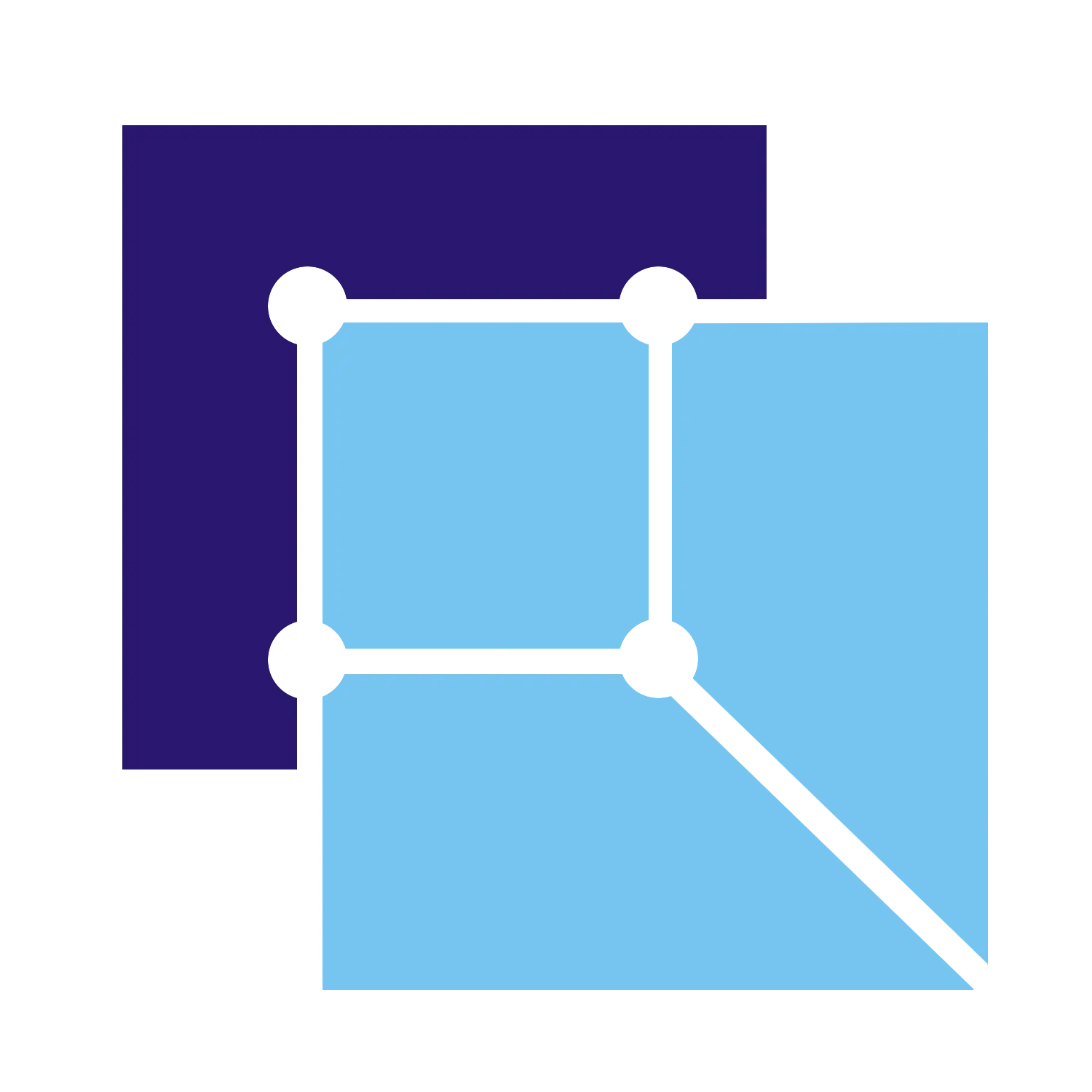
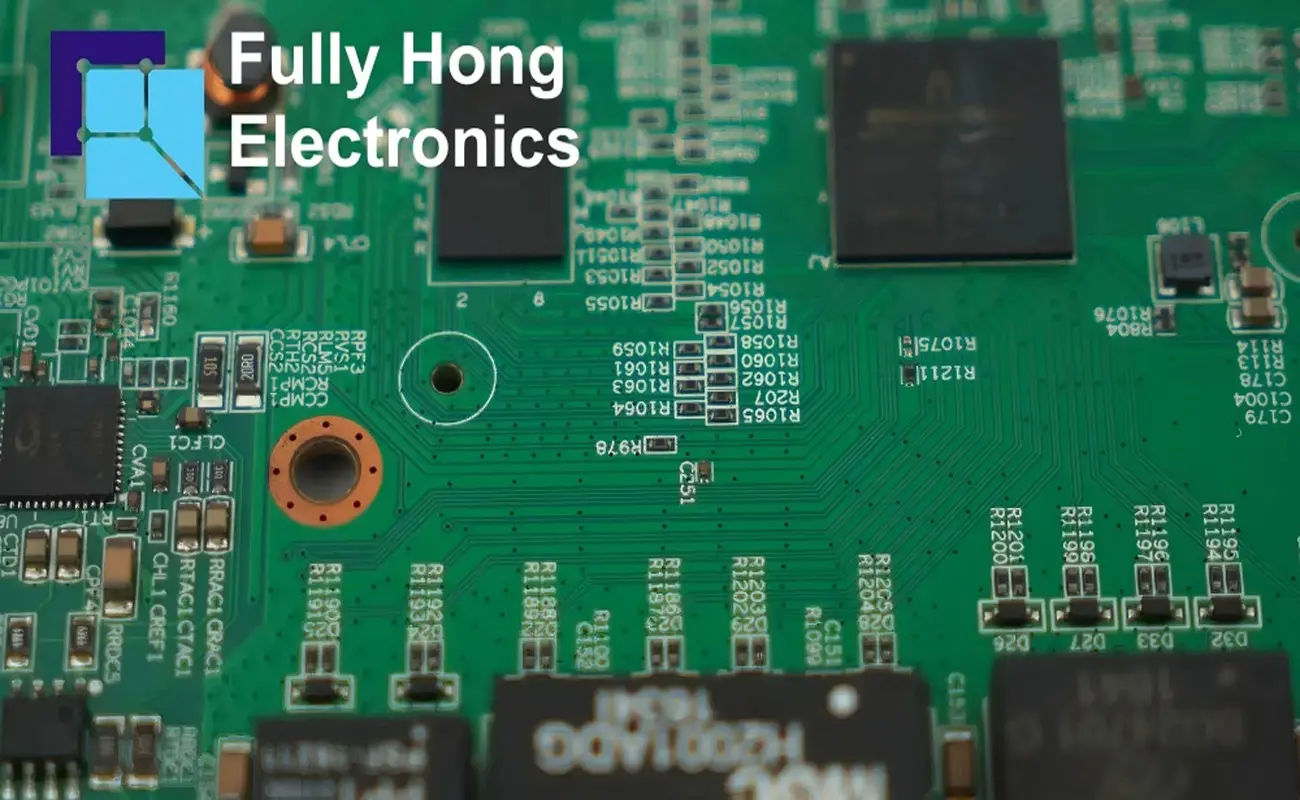


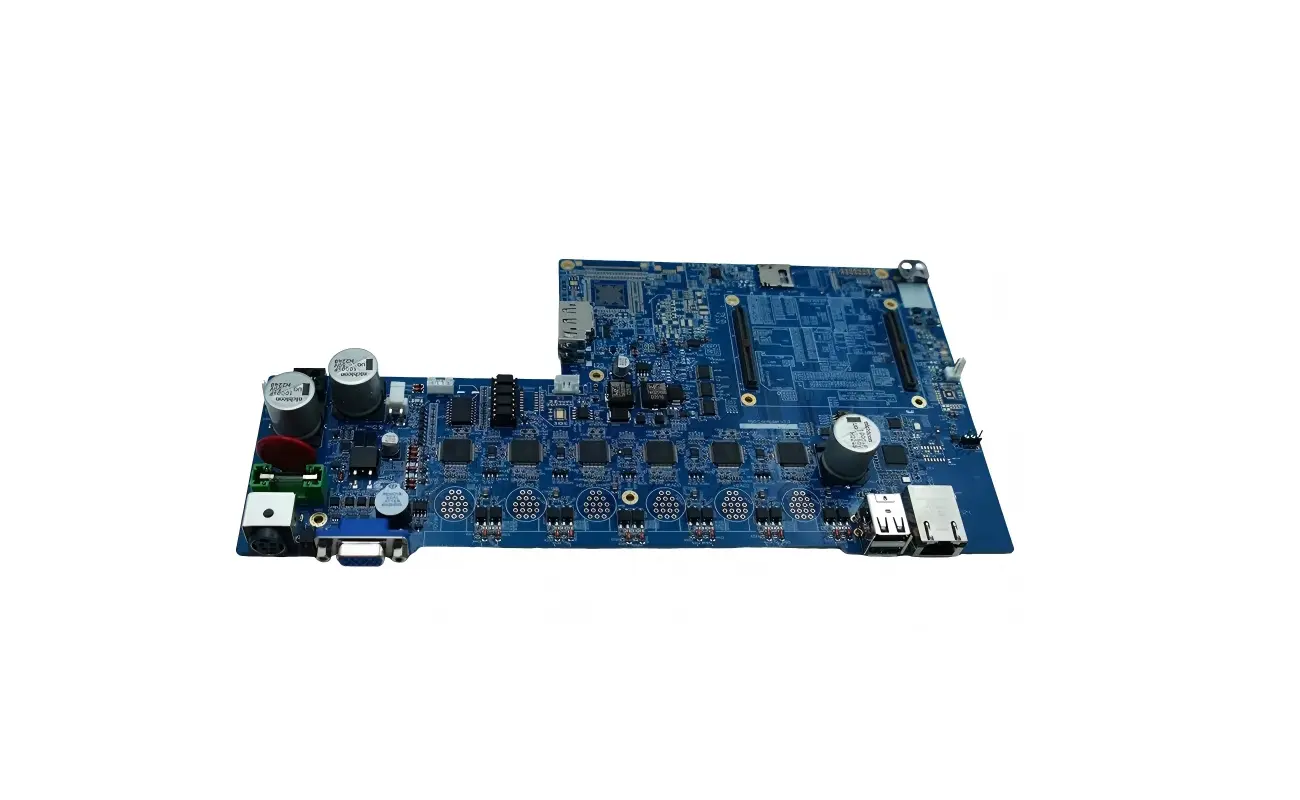

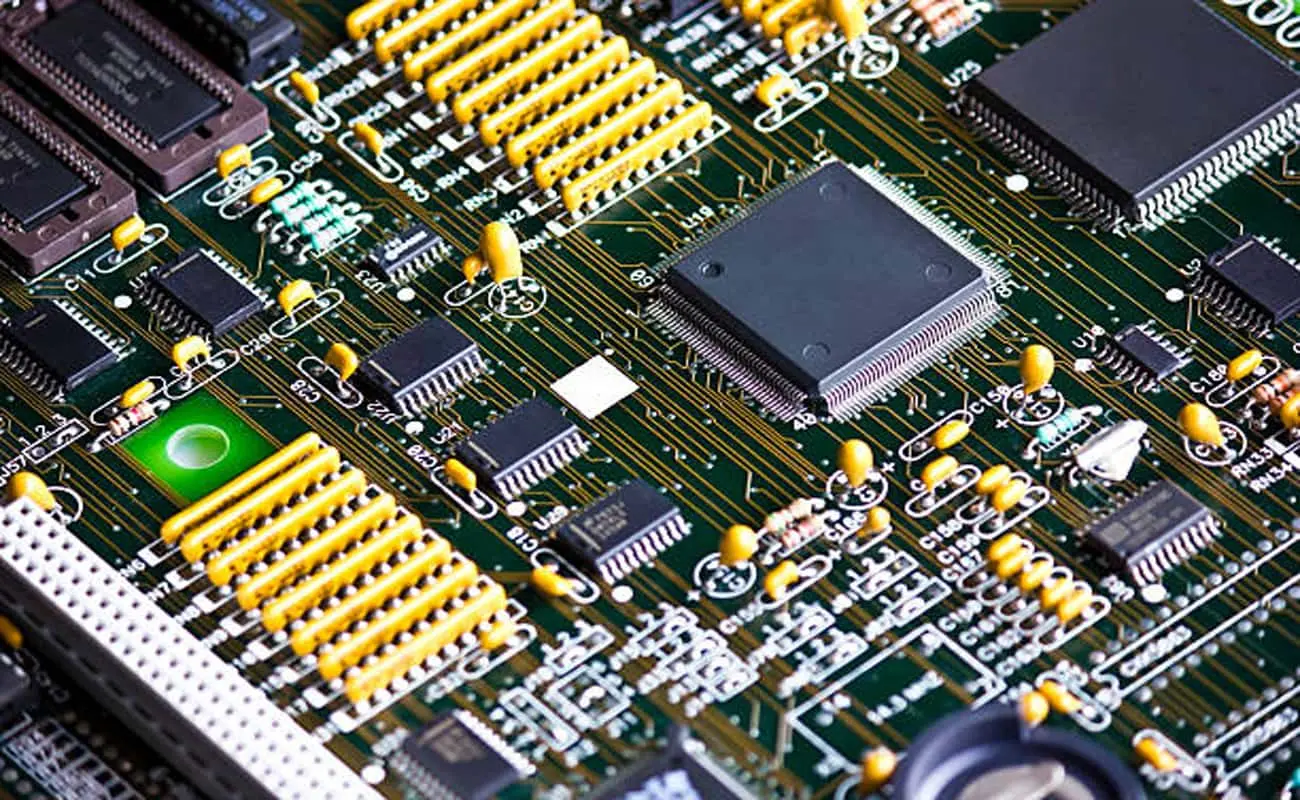

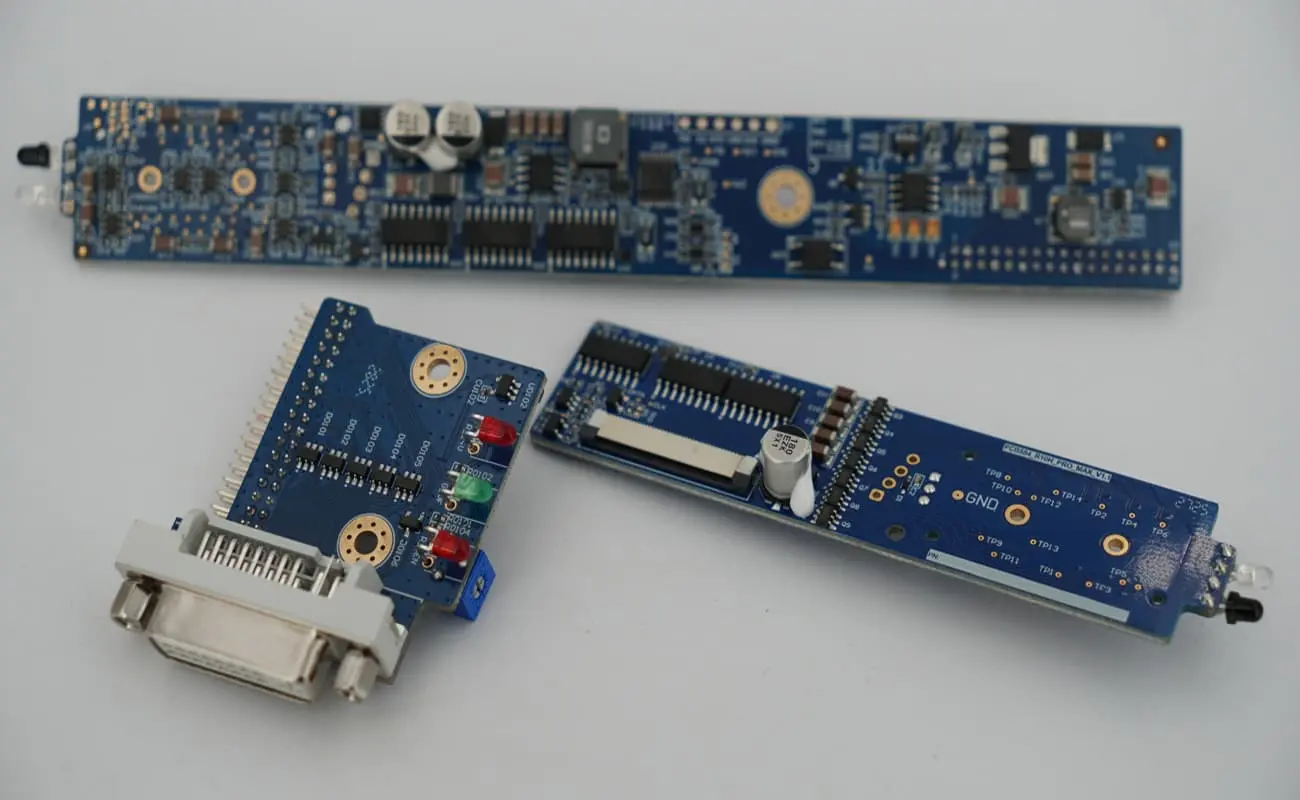
Hinterlasse eine Antwort